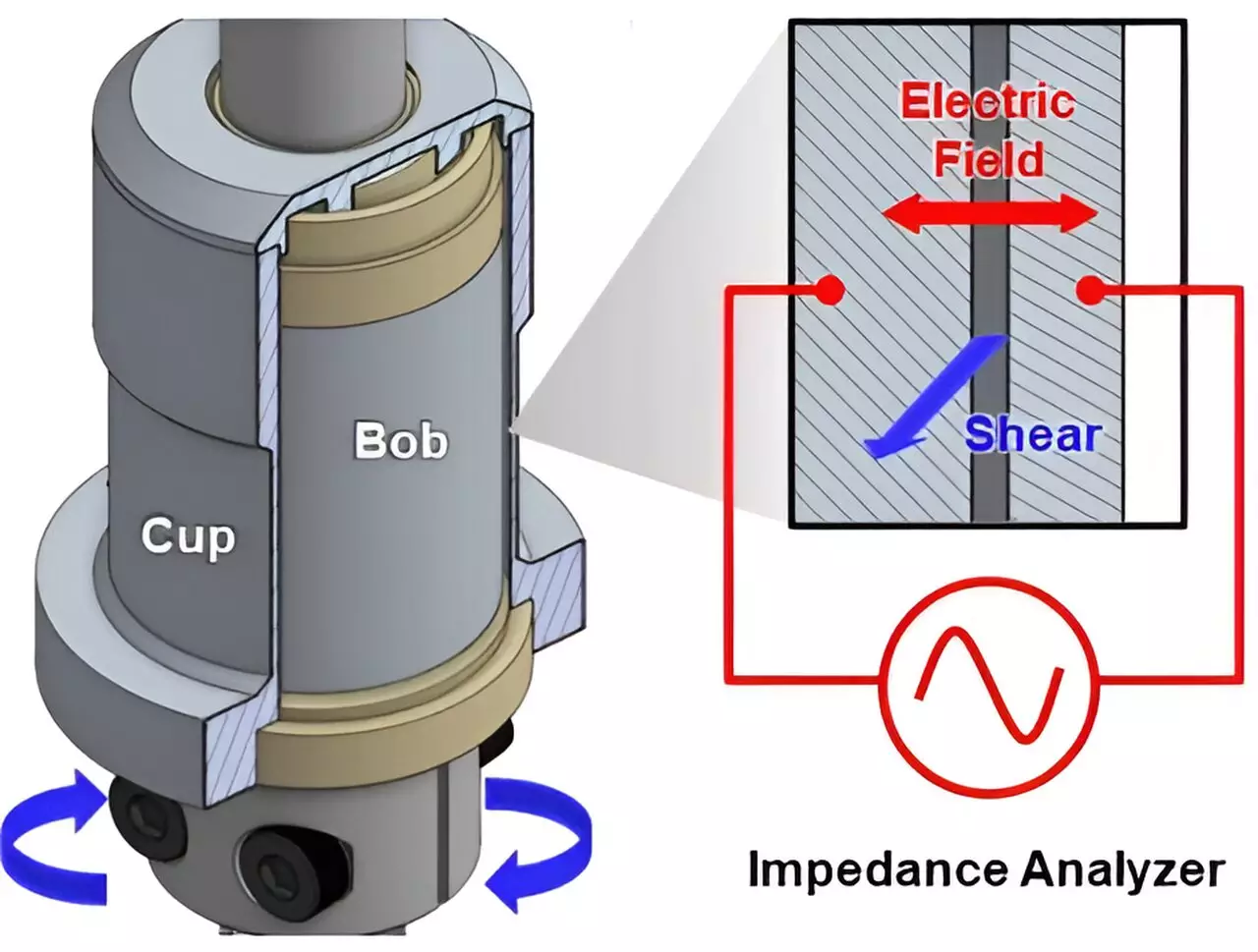Innovation in technology often reflects humanity’s determination to overcome obstacles through perseverance and exploration. A historical reference point is Thomas Edison’s tireless quest for the perfect light bulb filament, a pursuit punctuated by countless failures. This approach of trial and error remains prevalent in today’s scientific endeavors, driving advancements in various fields, particularly in energy storage solutions. While Edison found success with tungsten, modern engineering harnesses a multifaceted understanding of materials to refine existing technologies and devise new ones.
Today’s engineers are confronted with the complex challenge of enhancing materials and devices beyond mere experimental processes; they must grasp the fundamental principles that dictate material behavior. This depth of understanding is crucial when designing products that meet rigorous performance standards. A noteworthy study published recently in the *Proceedings of the National Academy of Sciences* reveals profound insights into the movement of electrons within complex fluids known as slurries, which play a pivotal role in electrochemical devices like batteries.
Research teams from the University of Delaware (UD), Northwestern University, and industrial partners delved into how electrons navigate through conductive components of slurries, particularly within batteries and other energy storage apparatus. This study sheds light on the intricacies of electron movement and addresses significant gaps in our understanding of electron transportation between conductive particles in slurries.
One of the lead researchers, Norman Wagner, emphasized that effective enhancement of performance necessitates insight beyond formulation chemistry to include the processing and manufacturing of slurry materials. The final arrangement of these materials—referred to as microstructure—dictates the efficiency of electron movement, heavily influencing device output and sustainability. Wagner’s insights resonate with the importance of structure in electrochemical devices, much like the myriad factors affecting the performance of various racecars on a track.
Examining batteries further illuminates the complexities at play. These devices generate electricity through chemical reactions that facilitate electron flow within a slurry composed of conductive materials and solvents. The efficiency of this energy supply hinges on both the chemistry involved and the manufacturing techniques applied. To illustrate this, consider racecars again; while they are all designed for speed with vital components like engines and tires, each vehicle’s unique build and assembly determine its race performance.
Within batteries, carbon black—a conductive material made of nano-sized carbon crystals—is commonly used to enhance efficiency. These crystals form aggregates that, when mixed with liquids, create a conductive slurry. As Wagner points out, electrons race through these structures but must navigate transitions from one carbon cluster to another, akin to avoiding obstacles on a racetrack. The inherent behavior of carbon black within the slurry, particularly its rheology, plays an instrumental role in overall material performance.
Building upon previous studies utilizing advanced techniques such as neutron scattering, Wagner’s team has produced a universal framework for understanding how the electrical conductivity of slurries can be influenced by both the composition and processing methodologies. This roadmap reveals how meticulous control over microstructure can lead to predictive improvements in electrochemical devices.
The implications of this research extend far beyond theoretical frameworks. The findings could significantly influence how engineers formulate and process new energy storage solutions. By understanding how the structure of carbon-black slurry impacts device performance, engineers will be better equipped to address existing challenges and optimize solutions tailored to specific applications. Notably, this foundational work aims to foster cross-disciplinary advancements, allowing researchers and industry experts to adapt these insights for various electrochemical systems.
As Wagner articulates, the revelations from this research hold the potential to reshape not just battery technology but also alternative energy mechanisms, such as water deionization and electrolyzer devices. The latter exemplifies the challenges in mixing materials to facilitate efficient chemical reactions, notably in splitting water into hydrogen and oxygen. The study’s findings suggest that optimizing processing techniques will be as crucial as perfecting chemical compositions for achieving desired performance outcomes in these technologies.
The interplay between material science and electrical engineering is at a pivotal juncture. As researchers continue to unlock the nuances of electron mobility and slurry behavior, the future of energy storage and electrochemical devices appears promising. The collaborative efforts among academics, industry experts, and practitioners remain vital as we work toward harnessing science for a sustainable energy landscape, drawing inspiration from the legacy of pioneers like Edison while boldly navigating the complexities of material performance.


Leave a Reply